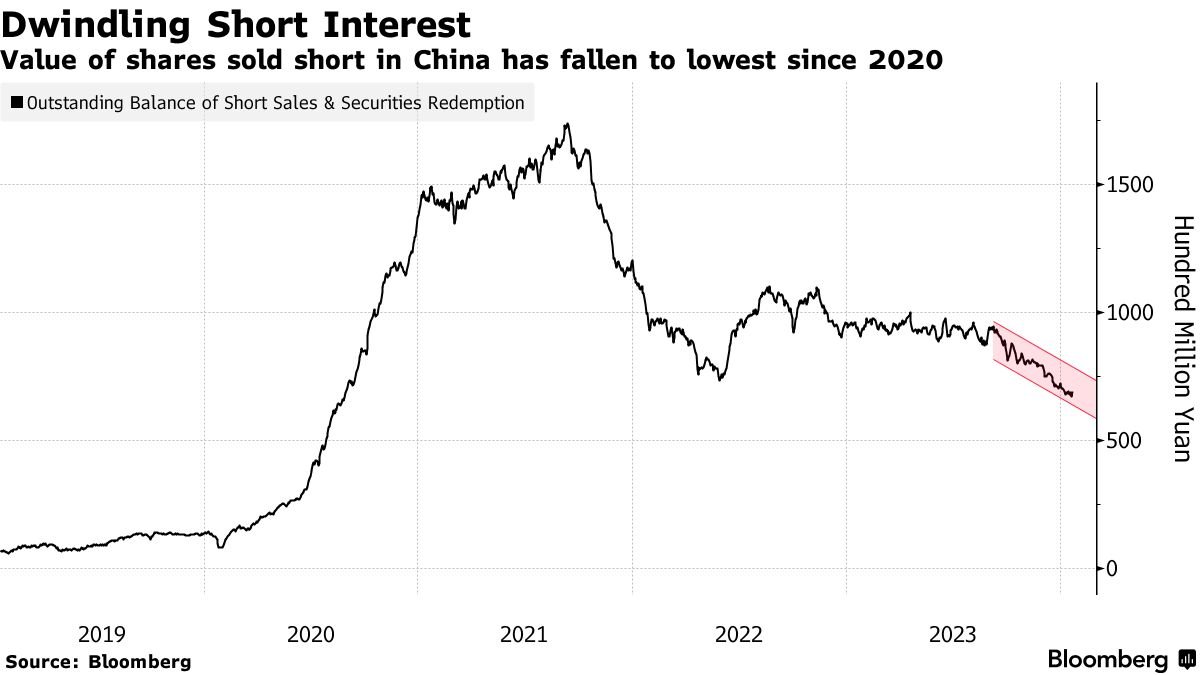The value of the Pakistani rupee continues to strengthen against the US dollar, as the dollar experienced a further dip in the interbank market. According to the State Bank of Pakistan, the US dollar lost 7 paise in today’s trading session, closing at 277.84 Pakistani rupees compared to yesterday’s close of 277.91 rupees.
Consistent Decline Throughout the Week
The dip in the value of the dollar marks a cumulative loss of 32 paise throughout the business week. This decline signals a consistent trend over the past several days, reflecting the efforts of Pakistan’s financial authorities to stabilize the economy and strengthen the local currency.
Various factors have contributed to the strengthening of the rupee, including an increase in remittances, inflows from international lending institutions like the International Monetary Fund (IMF), and improved management of foreign reserves by the State Bank of Pakistan. Additionally, better management of the currency supply and control over speculative trading have further supported the rupee’s gains.
Reasons for Dollar’s Decrease
The recent performance of the rupee can be attributed to several key factors, including:
Government Initiatives and Economic Reforms: The Pakistani government has taken various initiatives to manage its foreign exchange reserves more effectively. Measures to control the outflow of foreign exchange have helped to reduce demand for the dollar, contributing to the rupee’s appreciation.
Inflows from Remittances and Lending Institutions: Pakistan has seen an increase in foreign remittances from overseas Pakistanis, especially after the IMF’s approval of loan packages. These inflows have bolstered the country’s foreign exchange reserves and alleviated the pressure on the rupee.
Speculative Trading Control: Regulatory authorities have taken steps to curb speculative trading, a common cause of artificial demand for the US dollar in the market. The crackdown on currency hoarders and illegal exchanges has also helped to stabilize the rupee.
Market Sentiment: Positive developments in Pakistan’s economic landscape, including improved political stability and reforms in financial governance, have also contributed to boosting confidence in the local currency.
Impact on the Economy
The decline in the value of the dollar against the rupee has significant implications for various sectors of Pakistan’s economy. A stronger rupee helps reduce the cost of imports, especially critical commodities such as petroleum products, raw materials, and machinery. This, in turn, can have a positive effect on inflation, easing the burden on businesses and consumers alike.
For a country like Pakistan, which heavily relies on imports, a stronger rupee can lead to cheaper goods and lower production costs, ultimately benefiting consumers by preventing inflation from spiraling out of control. Furthermore, the decline in the dollar’s value reduces the amount the government needs to pay back on its foreign loans, which are typically denominated in dollars. This can relieve some fiscal pressure on the government and improve its ability to manage the country’s debt load.
However, exporters may face challenges as the value of the rupee rises. A stronger currency can make Pakistani goods more expensive in international markets, potentially reducing the competitiveness of the country’s exports. Industries that rely heavily on exports, such as textiles and agriculture, may experience a slowdown if global demand for their products falls due to higher prices.
Future Outlook
While the recent decline in the value of the dollar is a welcome development for the Pakistani economy, experts warn that the exchange rate remains sensitive to both domestic and global factors. Key indicators such as global oil prices, international lending agreements, and the country’s political stability will continue to influence the rupee’s performance in the coming weeks.
Pakistan’s economic stability will also be tied to its ongoing efforts to manage foreign debt, maintain foreign reserves, and encourage investment. The IMF program and ongoing support from other international institutions will play a crucial role in determining the future trajectory of the rupee.
The decline of the US dollar by 7 paise in today’s interbank market trading reflects a positive trend for the Pakistani economy. As the rupee continues to strengthen, it is providing relief to import-dependent sectors and reducing inflationary pressures. However, balancing the needs of exporters and maintaining long-term economic stability will be essential for the continued success of Pakistan’s currency management strategy.
While the future remains uncertain, the current efforts to stabilize the rupee and strengthen the economy appear to be paying off. As Pakistan moves forward, it will be crucial to maintain these reforms to ensure sustained growth and financial stability in the months ahead.



